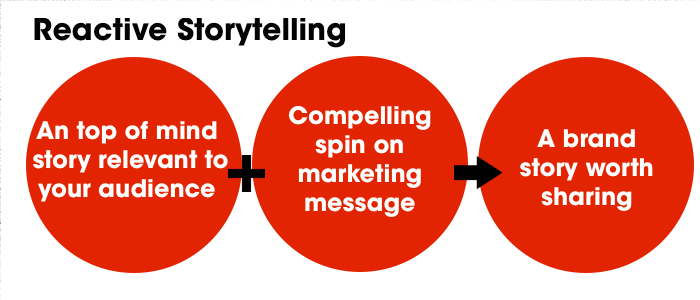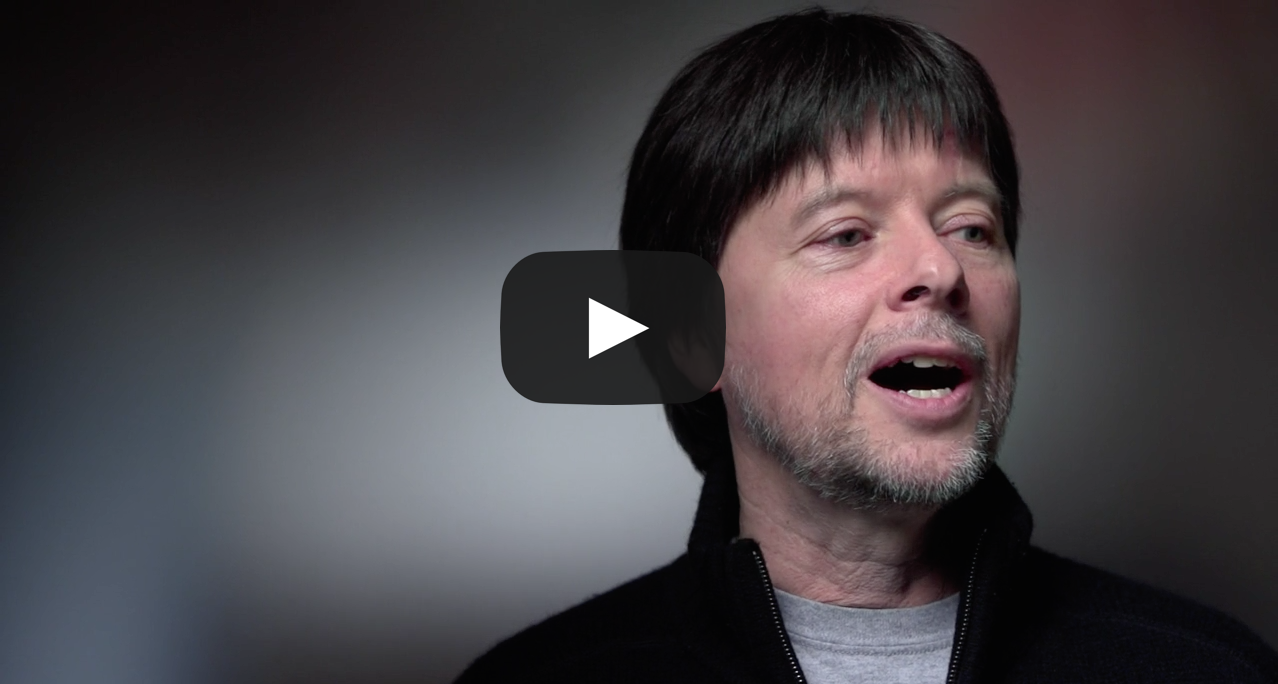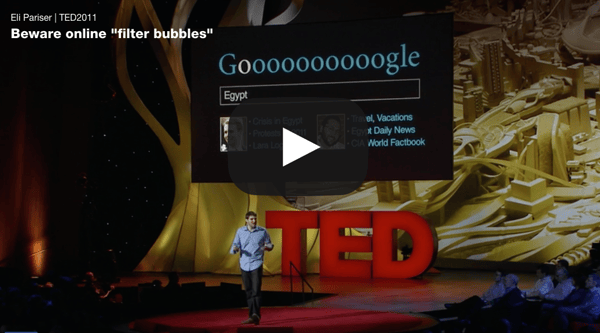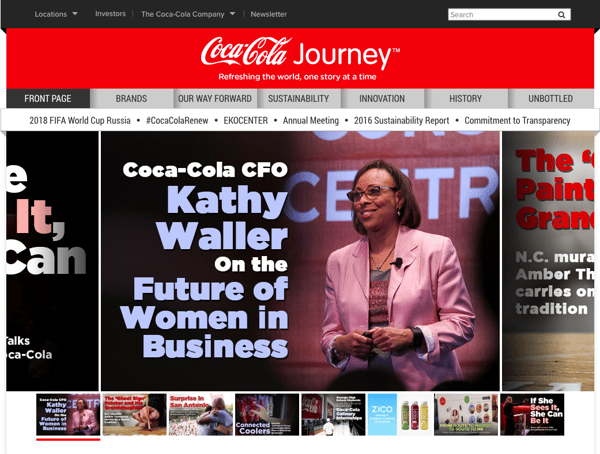On previous occasions, we talked about the importance on storytelling in contemporary advertising (and not only in it but in the messages in general) and why it caught our attention.
Likewise, we made an analysis of the emotional connection that storytelling messages achieve among the target audience, which must be present in every communication campaign (as shown by best practices) to make it effective.
Here we will talk about why you should consider storytelling as a tool to boost your target audience to action. We all know that it is not enough to provoke feelings, but we seek that in the long run, these emotions are concrete and measurable results that indicate the effectiveness of our messages.
Welcome to your new home! The era of fake news and post-truth.
The Oxford Dictionaries say that "post-truth" is:
/ˌpəʊs(t)ˈtruːθ/
- Relating to or denoting circumstances in which objective facts are less influential in shaping public opinion than appeals to emotion and personal belief.
Donald Trump became president and with him, the era of post-truth began. It is characterized by diminishing the importance of "true truth" (forgive the repetition) to make prevail one of the many "truths" that exist, even if this is partial, distorted or false, in order to influence a group of people who don't care if this truth is a lie or not, but attend to what they want or need to hear to feel safe, heard and reaffirmed.
Post-truth (word of the year 2016 according to the Oxford Dictionary) has taught us and convinced that 1+1= 3, and for reaching that conclusion the value that we must take advantage of has to be one step ahead of others.
In 2018, the reason tells us that 1+1=2, and it is true! but there are certain subjects that are related to other issues such as religion or feelings that in their total are greater than the things we all know. And that's where that 2 becomes 3, according to the theorist Ken Burns.
For him, every well-structured story leads to an action, whether it's crying, laughing, going to buy something, etc. This action can or can't be deliberately caused by the author because even he can be moved by his story, perhaps since he first heard it, and possibly that is why he decided to share it, either with or without something extra.
The fake news (originated digitally with little seriousness and social media) potentiated by post-truth are a type of stories that, most of the times, have a motivation behind: persuading to evade "the" truth or to get some kind of result or reaction in the target audience.

The perfect example of them is related to the current president of the United States, who supported by Facebook and the Russians, managed to reach power by persuasion and exploitation of "his" truth, which had nothing to do with "the" truth, but many people didn't care about it. Trump uses fake news to diminished veracity from all types of news against him.
Every good story has some kind of stress, but if you add more stress to the natural stress of the moment (elections or change of government), thanks to the fake news, we will have immediate and effective outcomes.
In this era, how many times have you given a like or shared a story without even reading it? How many times have you decided to give your data info to any company just to know what Disney princess you are and share it with your contacts? If you sum these actions that seem simple to thousands or millions, it is likely that this oversight is so massive that can be seen as actions, which is the ultimate goal of persuasion.
And, how are you living the post-truth era? Do you take advantage of it?
The power of a dead squirrel
It is a phrase related to Mark Zuckerberg, founder of Facebook, which says:

“A squirrel dying in front of your house may be more relevant to your interests right now than people dying in Africa.”
Through this claim, Zuckerberg sought to justify the changes in his platform algorithm, which has always sought to show only what is "relevant" to us, so quality time is encouraged on the platform.
Now, Facebook's definition of what is "relevant" to us has changed several times: sometimes is the news, local news, our friends or family news, little games, quizzes, fake news... The algorithm is always changing, conditioning what we consume and when.
But Facebook is not the only company that filters its content based on our "interests": Google does it all the time. If you search a term, the results page that will appear to you will be different from mine, since the platform takes into account the "cookies", your browsing history, your open sessions on other platforms, the device from which you connect, the country where you live, etcetera.
In other words, your internet is not the same as mine. We live in a world where, market-wise speaking, the experiences personalization is the achievement goal number one. As Eli Pariser mentioned in his TED appearance, everyone wants to show us what we want to see, but not what we need to see. What happens when we want to get out of this bubble of interests, algorithms, and filters? It will be harder.
As a brand and based on the above, how will you appear where the people you are interested in are?
It is possible to buy advertising, outcomes highlighted in Google, banners or even information, as happened (illegally) with the case of Cambridge Analytics and Facebook, but at this point surely you know that there is another more effective, transparent and cheap method: storytelling, appeal to your audience feelings.
How to go from storytelling to action?
It is a fact that people prefer to interact more with stories than with ads, something that Coca-Cola understood perfectly. This is why it created the site “Journey” to become its corporate site to a media site where it tells many stories that, most of the times, don't even have to do with the soda.
The combination of good and exciting stories with attractive visual elements, rich formats, and social media strategies, have placed Journey by Coca-Cola really high in marketing strategies. It understood that the new era is not about what the company want to say, but what the world wants to hear. Once again we have the "interest marketing" that Facebook is based on.
Taking into account the "Journey" case, these are some elements that have stories that make people take action:
- They have to be authentic, relevant, empathetic, emotional, real, that any person could be the hero and with which they find a common point of view.
- They must have several attractive "talking points" and the potential to become viral in social media through videos, images, gifs, infographics, etc.
- Opportunity: they usually are in the trending topics.
- They show a single voice and a single tone (be careful with having several editors, because everyone can have their style, and people can notice it).
- Its creation should saturate neither the audience nor the authors. Go little by little and give space to each story to breathe and live by itself.
- They always evolve: constantly use social listening to know what your audience is talking about or what changes you can implement in your stories to make them better.
Reacting storytelling, a new way of telling stories.
Next we will talk about new formats and ways of telling stories. One of them is reacting storytelling, a concept that consists of creating attractive stories by taking advantage of:
- Existing opportunities that can be attributed to your brand, or
- Opportunities attributable to your target interests.
The use of this technique seeks instant feedback so you start the conversation and connect more deeply with your followers.
The actions that you can provoke thanks to reactive storytelling are:
- Cultural action: when one reacts to a news item that is being covered by relevant media and that affects a large number of people.
- Relevant action for the brand: when the conversation is about your brand (it can or can't begin from it).
- Niche action: when you create a story aimed at a specific community or group of people.
Each of these reactions must be come from organic stories and user-generated content, in such a way that they represent something emotional and worth sharing.

The reacting storytelling is based on the deep knowledge of your audience and your agility. Likewise, it is a way to make your audience part of the conversation. Remember that today real-time stories have gone from being innovative to being necessary.
Examples of new forms of storytelling
Reacting storytelling is not the only way you can innovate. Look at these examples.
Personal stories: they are full of emotions and often talk about situations that radically change a life. They show a lot of introspection, discovery and personal improvement.
Instructional: its main goal is to educate and generally have the form of tutorials or "do it yourself".
Historical: here we refer to stories that tell the evolution of your brand over the time.
Stories based on data: the main goal of this kind of story is the figures and the hard data, but you have to support it a lot in images to make it easy to read and innovative.
Mini-videos: in video and less than 6 seconds lasting, do you accept the challenge?
Philanthropy: its about to bring a positive change in the community, is an excellent way to win your audience.
Immersive stories: they use virtual reality.
Interactive storytelling and new formats
Interactive storytelling is one that is enriched by digital tools. Any form of storytelling that we have discussed in this article can become interactive storytelling.
This technique uses technology to captivate the user on multiple levels, appealing to as many of their senses as possible in order to create unique experiences that stand out from traditional forms of content.
But in addition to technology, interactive storytelling uses a mixture of psychology, sociology, cognitive science, linguistics, design, computer science and artificial intelligence.
Some of the new formats that interactive storytelling uses are:
- Interactive video: contains "clickable" zones.
- Interactive games: allow you to add "gamified" elements to your content by assigning points or levels to certain actions of the user.
- “Choose your Own Adventure”: Do you remember these books? You can create similar experiences using tools as basic as HTML or, better yet, HTML5.
- Sophisticated microsites: it is about thematic experiences that serve to educate your audience. In the same way, they give you more design freedom because they don't necessarily have to reflect the look and feel of your main website.
- Vertical video: Snapchat and Instagram are changing the way people record and post videos, so we're getting used to watching content like that. Use this in your favor.
“Which format is the best to show my stories?”
If you got here, it is very likely that you are wondering what format and what kind of storytelling is the best and thus use it for your brand.
The answer is that not all formats and not all types of storytelling function in the same way. The best way to find the answer to this question is to know your audience very well to know what moves them.
In addition, a good practice is to trust all the hard data that your measurements and social media followers are throwing. Use the data provided by the social media where the largest number of your followers are.
Finally, keep in mind that most of the time it is the same story that dictates what format and type of storytelling is appropriate. Analyze your own history very well and accept suggestions and new formats, such as the ones mentioned here.
Conclusion
Storytelling should be seen as a exploitable characteristic of your company to appeal the feelings and insights of your target audience and improve the performance of your business.
This tool differentiates your brand from the competition. Allows you to stay cool all the time and educates your collaborators so that they are always thinking about stories in which they also can be the hero.
With so many platforms and ways to share your stories, there has never been a better time to connect with your audience, make your brand leader and turn your consumers into the axis of your strategy. If you want to know what are the benefits of storytelling are and start enjoying them, come with us: we have everything you need to lead this trend.




